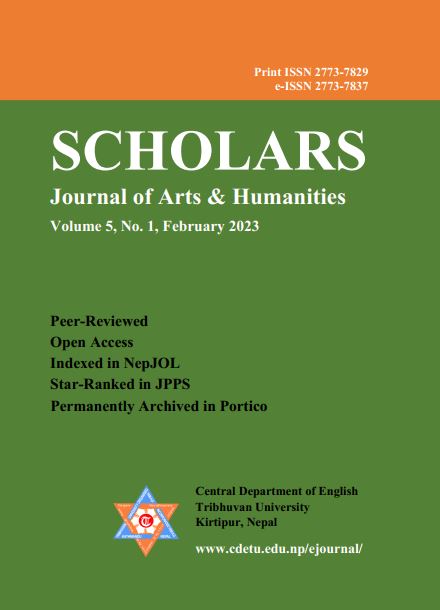Body Aesthetic Myths in Toni Morrison’s The Bluest Eye
DOI:
https://doi.org/10.3126/sjah.v5i1.52474Keywords:
Body aesthetics, neuroculture, neuroaesthetics, disinterestedness, blue eyesAbstract
This paper aims to explore the body aesthetic myth in Toni Morrison’s The Bluest Eye. Body is a rich object of inquiry in the discussion of aesthetics in art and literature. In the case of this fictional work, the problem is seen in Pecola, the protagonist of the novel, who feels herself ugly and desires for blue eyes. The paper has adopted the concepts of Immanuel Kant as an approach to the novel. Kant differentiates the pleasure in the beautiful from other pleasures, by claiming that it is not based on any interest, but it is a disinterested and free satisfaction. The other theory is related to the cognitive aspect of the brain. Body aesthetics, a part of study in neuroaesthetics and neuroculture, takes some new paradigms of philosophy of perception on body aesthetics.
Downloads
Downloads
Published
How to Cite
Issue
Section
License

This work is licensed under a Creative Commons Attribution 4.0 International License.
© Central Department of English, Tribhuvan University and Authors




